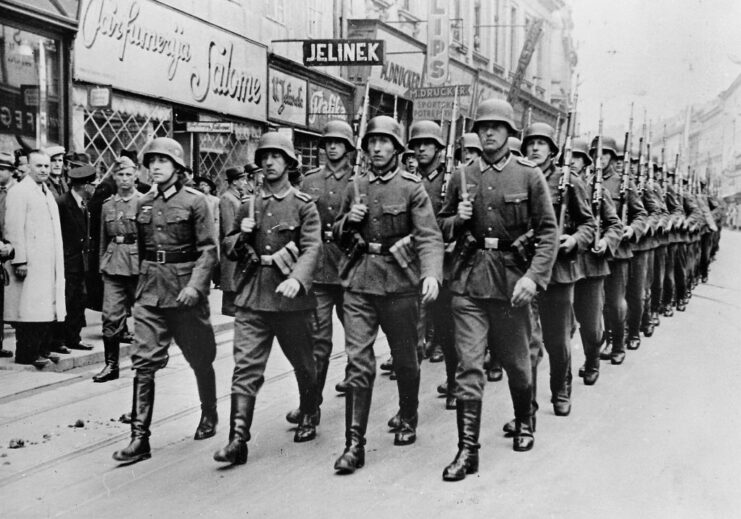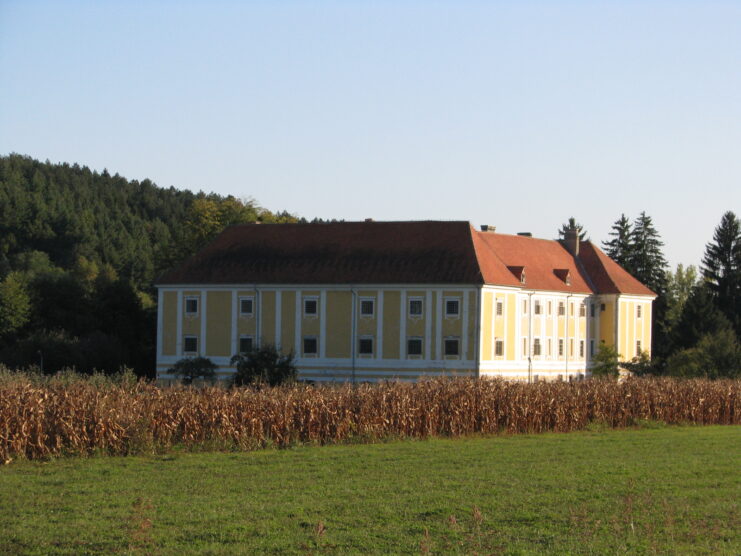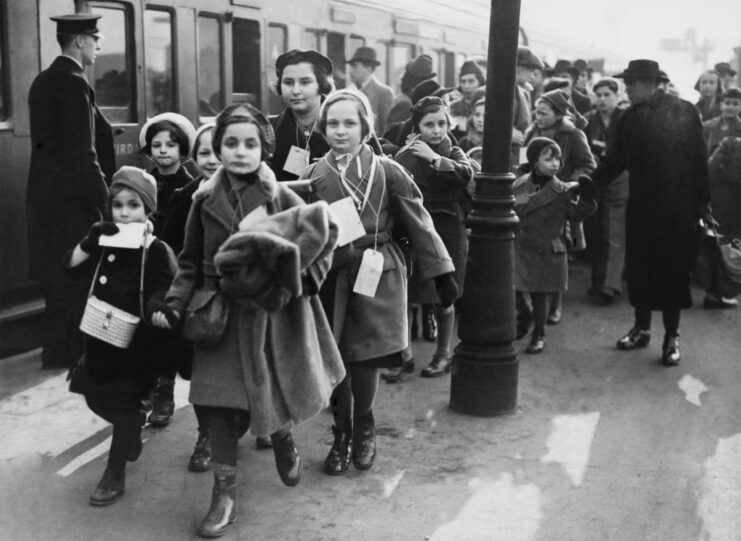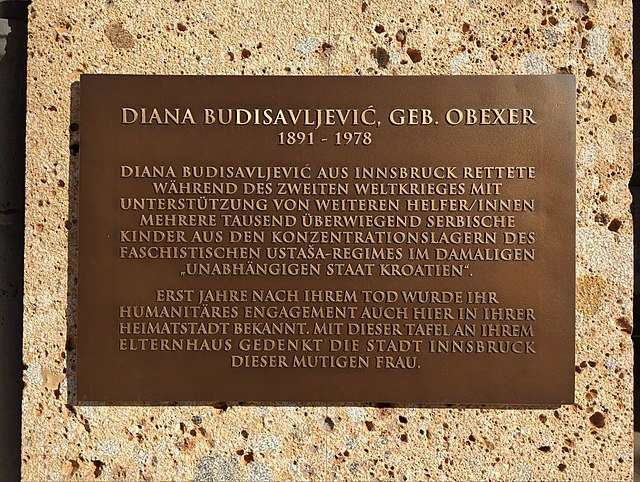‘Female Schindler’ Diana Budisavljević Saved 7,700 Children During World War II
Throughout the Second World War, several individuals risked their lives to save those being persecuted by the German regime. The most notable names are Oskar Schindler and Sir Nicholas Winston, but there’s one person who deserves more recognition: Diana Budisavljević. Horrified at how young children were being treated at German-run labor camps, she dedicated her time to rescuing them from their less-than-humane living conditions.
Axis invasion of Yugoslavia

Diana Budisavljević (January 15, 1891-August 20, 1978) was an Austrian woman who lived in Zagreb, Kingdom of Yugoslavia with her husband, Julije, a well-respected doctor. The pair married in 1917 and moved to the city two years later, where Julije founded the surgical clinic at the University of Zagreb.
In April 1941, the Axis Powers invaded Yugoslavia, with German troops entering Zagreb on April 10. This happened on the same day the Ustaše movement declared the creation of the Independent State of Croatia, with Zagreb as the capital. It was a “puppet state” of the Axis forces and persecuted Serbs, Jews and Roma. They also destroyed entire villages and sent any healthy men and women to Germany to work in labor camps.
‘Action Diana Budisavljević’

In October 1941, after learning about parents being separated from their children to be sent to Germany and their offspring being held at Lobor-Grad concentration camp, Diana Budisavljević decided to act. With the help of others, she started a relief campaign named “Action Diana Budisavljević.”
With the help of the Jewish community in Zagreb, she sent supply packages to children being held in camps throughout Croatia, including clothes she collected or made, food, dried fruit and money. Sources claim many of these packages never arrived at the camps, as those in charge intercepted and sold them before they could reach their intended recipients.
Furthermore, Budisavljević visited the camps and worked at the hospitals, and she was horrified at the conditions. The rooms had no furniture and the children were malnourished, with some dying at the hospital. Seeing this made her determined to save these defenseless youngsters.
Getting permission to relocate the children

After a year, Diana Budisavljević, with the help of German officer Gustav von Koczian, obtained permission to rescue the children from four different camps in Croatia between July and August 1942. A doctor was assigned to determine if they were healthy enough to travel and those given approval were relocated to different institutions in the cities of Zagreb, Jastrebarsko and Sisak.
Later, in August 1942, Budisavljević received permission to move the children out of the institutions in Zagreb, relocating thousands to foster families. For many of the children, this was their first time experiencing love from a parental figure.
Knowing many of the children were too young to speak, Budisavljević kept a detailed record of the characteristics of each child, as she hoped to reunite them with their parents after the war. Word of these files made it to the labor camps, and many parents were able to write to her and ask about their children.
Diana Budisavljević’s files were confiscated by the government

In May 1945, Diana Budisavljević’s files that contained information on over 12,000 children were confiscated by the government. Their location remains a mystery to this day. Not much is known about the rest of her life following World War II, and her heroic actions were largely forgotten. In 1978, she died at the age of 87, in Innsbruck, Austria.
Following Budisavljević’s death, her granddaughter found a diary that she’d kept from 1941 until February ’47, which details her humanitarian work during the conflict. It was published in 2003, and historians have been able to determine it is legitimate and that Budisavljević saved at least 7,700 children during the Second World War.
Budisavljević’s story has received a lot of attention since her diary was published. Zagreb-based film production studio Hulahop produced a documentary about her in 2012, titled Dianina lista, and the feature film The Diary of Diana B. was released in 2019. On February 15th, 2012, President of Serbia Boris Tadić, awarded Diana with the Golden Medal of Miloš Oblić, 34 years after her death.
More from us: Battle of Moscow: A Critical Turning Point In the Fight Along the Eastern Front
In May 2012, a park in Zagreb was renamed after Budisavljecić, as were streets in Belgrade, Vienna, Kozarska Dubica and Gradiška.
The post ‘Female Schindler’ Diana Budisavljević Saved 7,700 Children During World War II appeared first on warhistoryonline.
‘Female Schindler’ Diana Budisavljević Saved 7,700 Children During World War II
Philippines Truth
Post a Comment
0 Comments